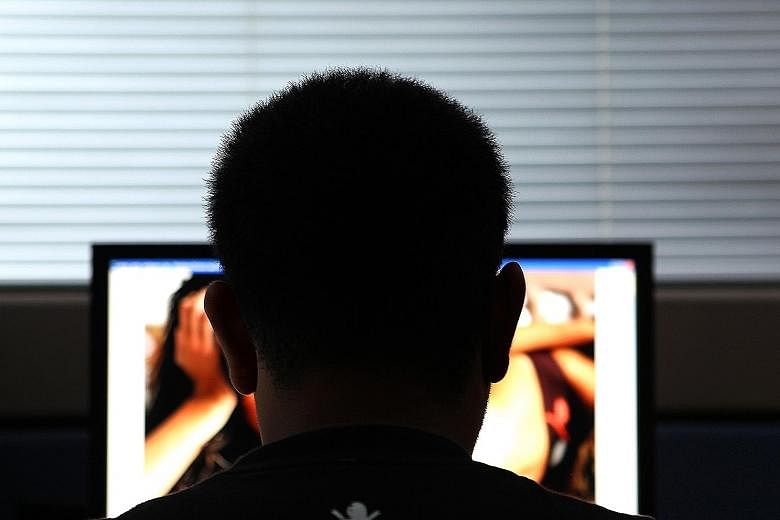The disturbing compulsion of voyeurism was thrust into the spotlight this year following key changes to the law and the hotly debated Monica Baey saga.
Changes to the Penal Code will mean treating the act of voyeurism as a specific offence with its own range of punishments. Those who observe, record or possess recordings of someone else doing a private act, without consent, could be jailed for up to two years, and may also be caned and fined.
Already a subscriber? Log in
Read the full story and more at $9.90/month
Get exclusive reports and insights with more than 500 subscriber-only articles every month
ST One Digital
$9.90/month
No contract
ST app access on 1 mobile device
Unlock these benefits
All subscriber-only content on ST app and straitstimes.com
Easy access any time via ST app on 1 mobile device
E-paper with 2-week archive so you won't miss out on content that matters to you



